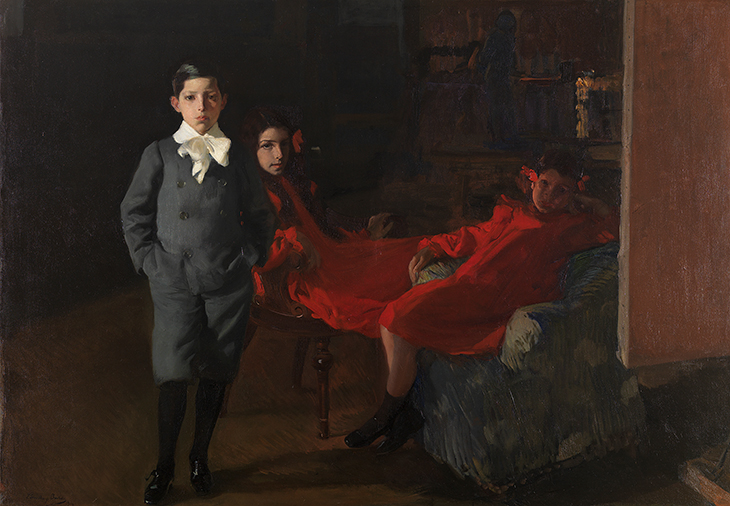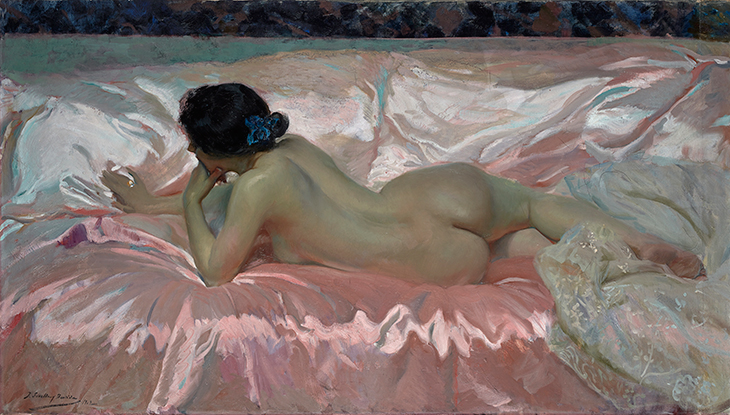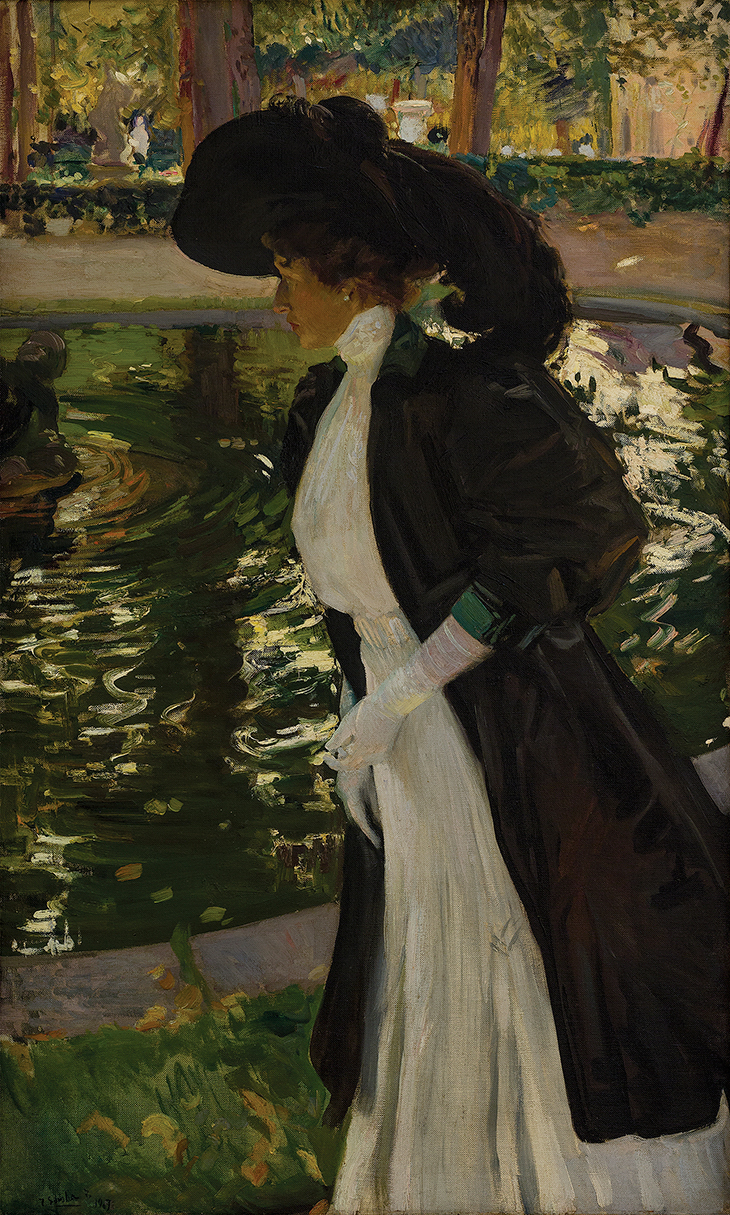This survey of the Valencia-born artist’s paintings traces his move from social realism towards Impressionist scenes of blissful summers spent on beaches, rural landscapes, and many intimate portraits of his family. With one third of the works coming from Madrid’s Museo Sorolla, it is the artist’s first major show in the UK since 1908. Find out more from the National Gallery’s website.
Preview the exhibition below | View Apollo’s Art Diary here

My Children (1904), Joaquín Sorolla. Museo Sorolla, Madrid
Sorolla, who was himself orphaned at the age of two, frequently painted scenes of family life as well as more formal portraits of his children that recall those of his friend, John Singer Sargent. Here, while his youngest child Elena appears bored, her presence softened and comparatively unfinished, his 12-year-old son Joaquín and eldest daughter María face the viewer with a coolly detached conviction.

Female Nude (1902), Joaquín Sorolla
This painting was inspired by Velázquez’s ‘Rokeby Venus’ (1647–51), which Sorolla described as ‘the most human piece of flesh in the museum’ when he saw it on a visit to London’s National Gallery. It exemplifies how the artist consistently looked back to a long Spanish painting tradition.

Summer (1904), Joaquín Sorolla. Museo Nacional de Bellas Artes de Cuba, Havana
Sorolla and his family frequently spent their summer holidays at seaside resorts, where he would paint many scenes en plein air – these are the works for which he is most recognised. This painting depicts holiday-goers on the Malvarrosa beach in Valencia. The figures are captured in motion, creating an atmosphere of spontaneity – in reality, this complex composition was carefully planned, with a series of preparatory drawings and oil sketches.

Clotilde Strolling in the Gardens of La Granja (1907), Joaquín Sorolla. Museo Nacional de Bellas Artes de Cuba, Havana
Around 1906, Sorolla also developed a taste for painting portraits en plein air. Here he foregrounds the smartly clothed, monochromatic figure of his wife Clotilde against the murkily hued waters of a fountain at the Spanish royal residence of La Granja de San Ildefonso. After their marriage in 1888 Clotilde, who was the daughter of Sorolla’s first major patron, became one of his most frequently used models.

Bride from Lagartera (1912), Joaquín Sorolla. Museo Sorolla, Madrid
In 1911 Sorolla was commissioned to produce his Vision of Spain, a monumental cycle of 14 canvases, for the Hispanic Society of America in New York. Sorolla travelled across Spain searching for suitable subjects; this large-scale study with life-sized figures documents the distinctive dress of the Toledan people in central Spain. Conscious of the viewer, the bride stands proudly in a bell-shaped skirt that is decorated by stripes of colourful ribbon in order to signal familial wealth.











![Masterpiece [Re]discovery 2022. Photo: Ben Fisher Photography, courtesy of Masterpiece London](http://www.apollo-magazine.com/wp-content/uploads/2022/07/MPL2022_4263.jpg)
Has the Fitzwilliam lost the hang of things?